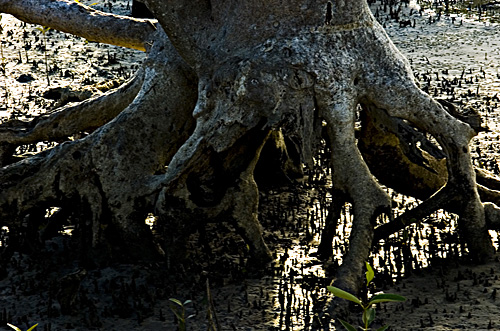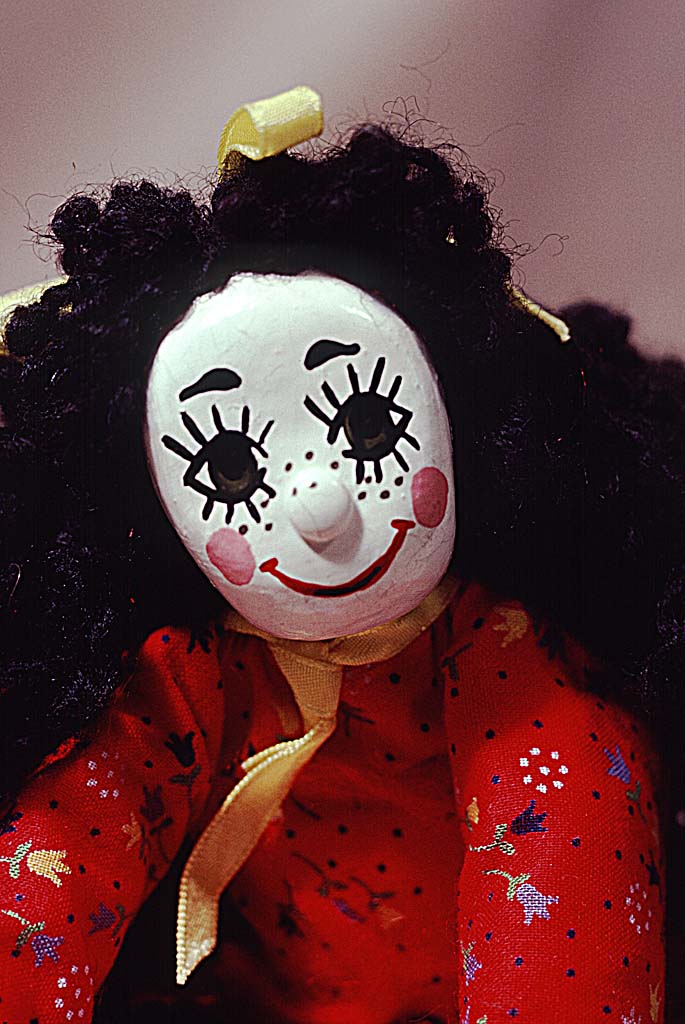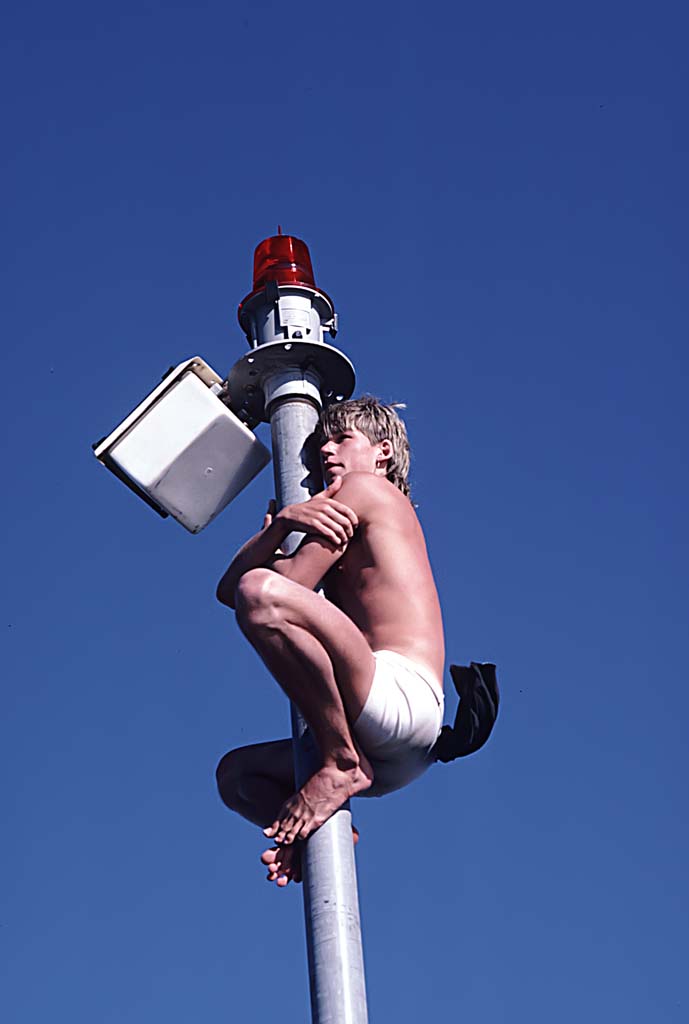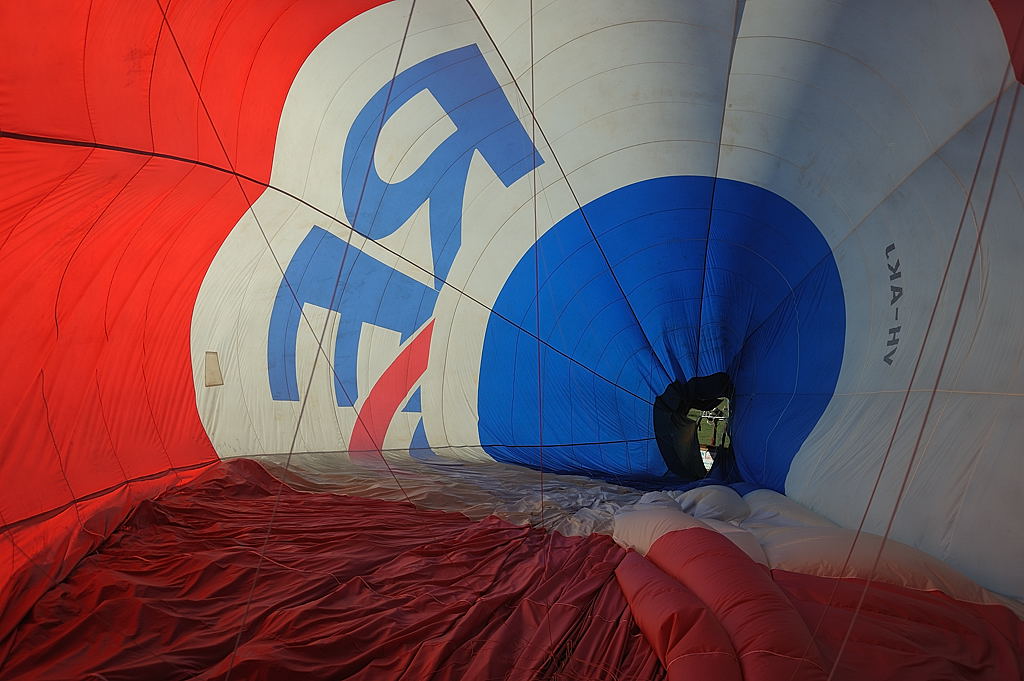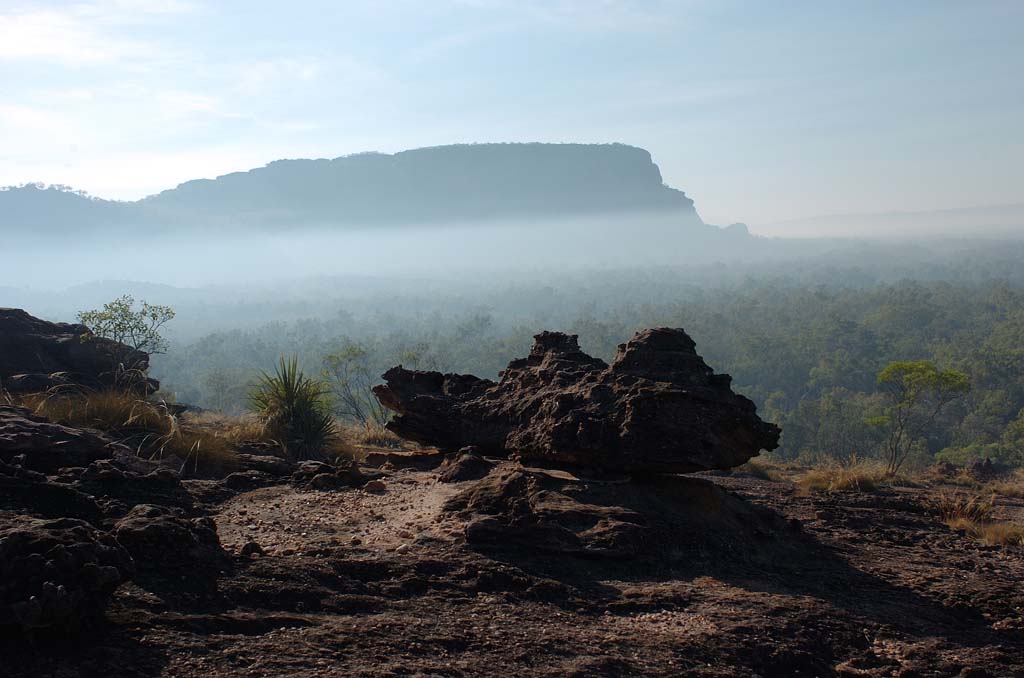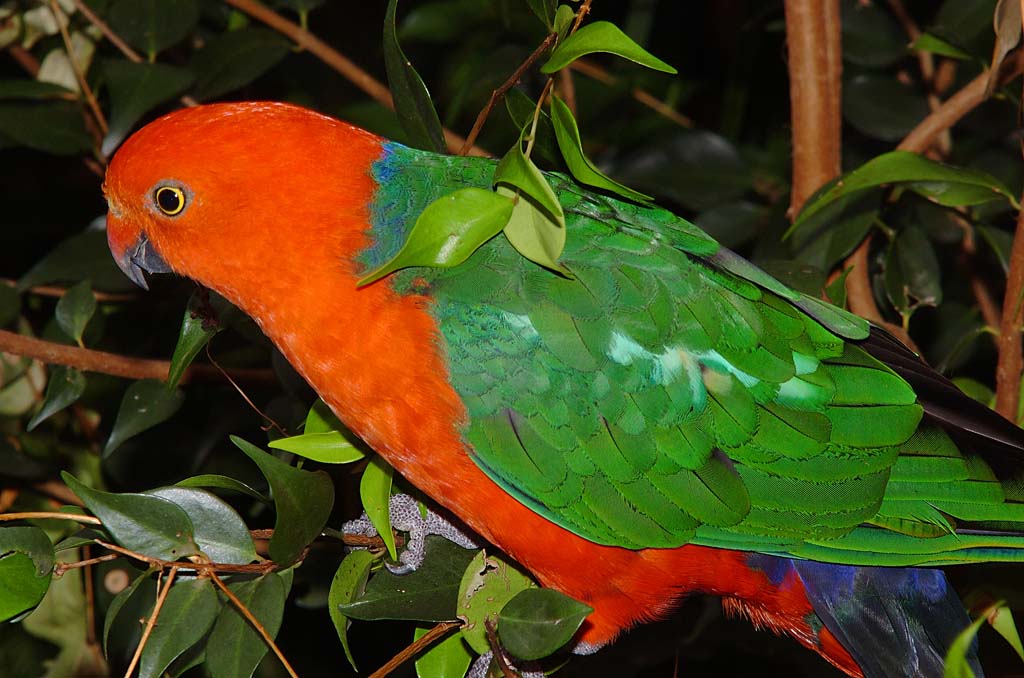Automating your workflow can save many hours in processing your image files. Essentially Photoshop provides three methods of automation to process your image files. The first two methods, Actions and Batch Processing are quite easy to learn, however the third, Scripts is far more complex and requires programming knowledge.
Camera Focus Mode Settings for Quality Images
Modern cameras offer many options when it comes to choosing the focus modes on your camera. In this article we will discuss some of the options generally available in todays cameras.
Sunset Photography
In Photoshop you can reproduce the sunset in any red hue that you desire and with any color rendering that you think you can remember. You can also change the exposure, introduce more contrast to create a silhouette. Sometime darkening the image slightly in Photoshop will also give more dynamic colors and saturated colors.
Telephoto Lenses
Telephoto lenses are used when you wish to get closer to the subject to get the subject larger in the frame. The image above was taken at an air show and a 300mm telephoto lens was used to help fill the frame with the subject and the smoke trails.
Whale Photography
Whale watching will require a long lens of the order of up to 300mm for success. If taken from a boat, generally the boat will roll and make it dificult to frame the image. A lens with vibration reduction or image stabilisation would be very useful for this type of photography. A lens with a large aperture will help to keep the shutter speed up to avoid camera movement.
Wide Angle Lenses
Wide angle lenses are very usefull in landscape photography where you may wish to capture a very wide expansive landscape. The image above of Coolangatta was taken with a 14mm wide angle lens on a Nikon DX camera. A 14 mm lens on a DX type camera may not seem all that wide, on this type… Continue reading Wide Angle Lenses
Cropping an Image
Cropping an image is a very usefull method of bringing your attention to the main centre of interest of the image. If images are take with a camera with a high megapixel count then there is a lot more room for cropping, compared to an image from a camera with a lower megapixel count. Cropping an image will loose some detail in the image, however it may give the image much more impact.
Image Contrast
Photography and processing your images is all about having fun with your photography. Producing your own images and experimenting with them. The thrill of creating something you like gives you confidence and stimulates success. With black and white printing we used to use different contrast grades of paper ranging from soft to normal and hard and they would give different contrast ranges in the prints.
Compress the Scene
A telephoto lens can be used very successfully to bring the foreground and background closer together, effectively compressing the image.
Bas Relief Images
When using film, Bas Relief images were produced using color transparency film together with a high contrast contact black and white image place together slightly out of register.
Photography of Birds in Flight
Birds in flight can be most difficult to catch without the right equipment. There are essentially two methods of photographing birds in flight.
Tips For Still Life Photography
With still life photography we have many options, generally with a choice of lighting, electronic flash or artificial lighting, if we take into account the color temperature of the lighting. We can use slow shutter speeds with a tripod to give more flexibility.
In order to get an effective diffused light on the subject with little or no shadows a light tent can prove to be excellent. A light tent effectively diffuses all the direct light to produce very even lighting on the subject. A light tent with two or three fluorescent lights placed strategically around the light tent can produce very effective results for photographing ornaments or for product photography. With a light tent set up, shadows can virtually be eliminated.
Under Water and Aquarium Photography
When photographing in aquariums the biggest danger is reflections from the glass sides of the aquarium. It is best to be at an angle to the side of the aquarium, less than 90 degrees, so that you do not get a reflection of yourself directly back from the glass. Also check for reflections of other people as they move around. If using flash for illumination ensure that the flash does not reflect back directly into the lens, hold it at an angle of around 40 degrees.
Transport Photography
Here we may need to capture images of fast moving objects such as racing cars or much slower moving objects. In general, zoom lenses can be an advantage as it will allow for the subject to be captured at varying distances, also a fast lens with an apreture of f/2.8 may be of advantage to utilise fast shutter speeds.
Effective images can be made at night time using a tripod and leaving the shutter open for several seconds to capture light trails of the moving lights from transport.
Sports Photography
With todays cameras very fast shutter speeds are available and it is not too difficult to stop sporting action. Electronic flash also operates at a very high speed and can assist in stopping the action.
By planning for special moments, action can sometimes be frozen. There is a need to be able to predict when the peak of the action will occur and to avoid delays in pressing the shutter.
People Photography
Diffuse light is most desirable for pleasing portraits. Fill in flash can be used to eliminate any harsh shadows. Reflectors can also be used to reduce the incidence of shadows. Higher ISO film or camera settins ISO400 to assist in poorer lighting.For most portraits lighting coming from slightly above the camera and to the side of the camera is preferable. A small amount of back lighting can enhance the portrait.
Nature Photography
Nature photography is defined as the displaying of natural elements in an outdoor environment.
Sometimes the objects of nature will exist in very difficult to photograph places with very difficult lighting. Electronic flash units with a diffuser attached can be of great assistance in providing fill in lighting to nature subjects in these circumstances. Nature photography can be a very challenging field to produce excellent results.
Hot Air Balloon Photography
The balloon is first inflated using a fan, then the burners are fired up to warm up the air, everyone is loaded on board and then lift off after several minutes of heating the air.
A vibration reduction or image stabilised lens is very suitable for photography from a balloon to reduce any camera movement. I used a 24-120mm lens for the images.
Landscape Photography
Generally landscapes require a great depth of field, which can be obtained by using a small aperture of around f/16. Also landscapes require components of the image in the forground and also in the background which are in focus.
Landscapes will have a more pleasing appearance if the lighting is low in the sky, which means that the best time to photograph landscapes is early morning or late in the day.
Bird Photography
Birds are one of the most beautiful subjects to photograph, however they can also be one of the most difficult subjects to photograph. Most types of birds are quite shy and it is difficult to get close to them. The most chalenging thing about photographing birds is trying to capture them in their natural environment.

